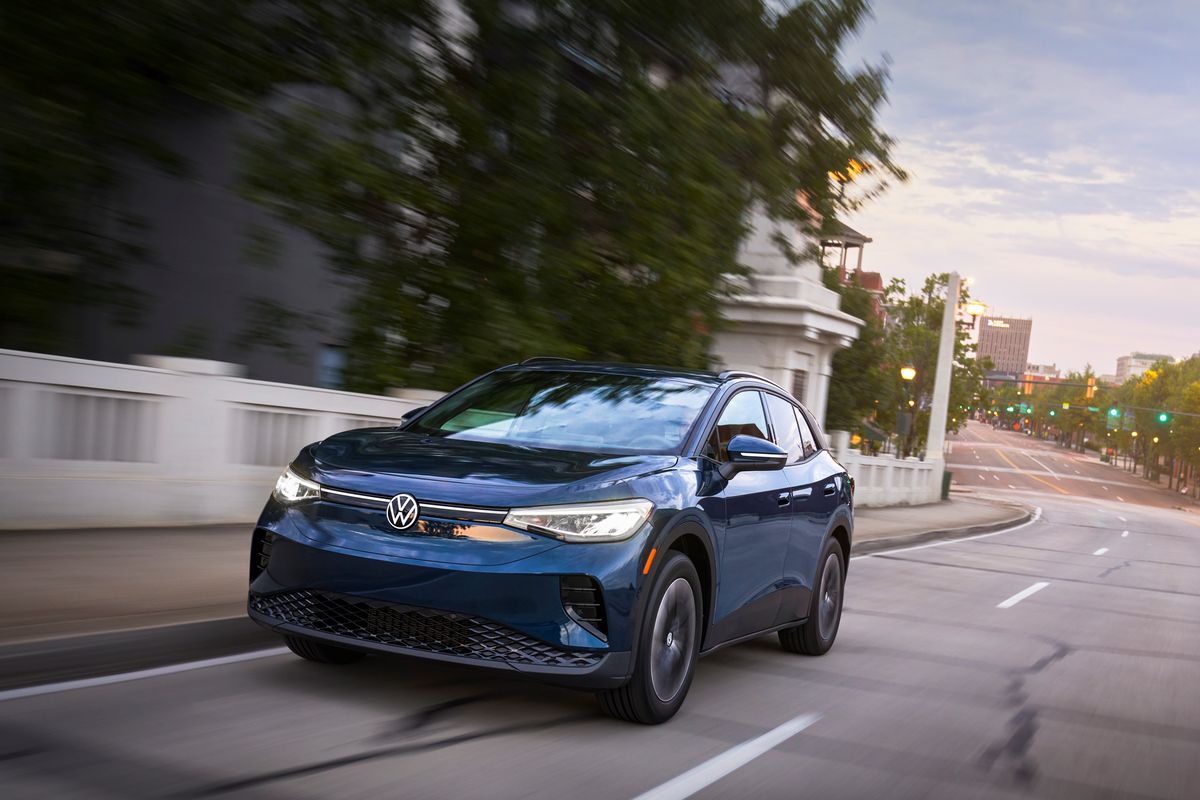The all-electric Volkswagen ID.4 exudes a sense of coziness and familiarity that gives the impression that it has been around for a while. It was one of the first SUV options for a Tesla Model X when it was introduced in 2020.
It is around the size of a gas-powered Volkswagen Tiguan or Nissan Rogue and was built in Chattanooga, Tennessee. Its most appealing qualities are its pricing and space, which it offers in a stylish, contemporary style.
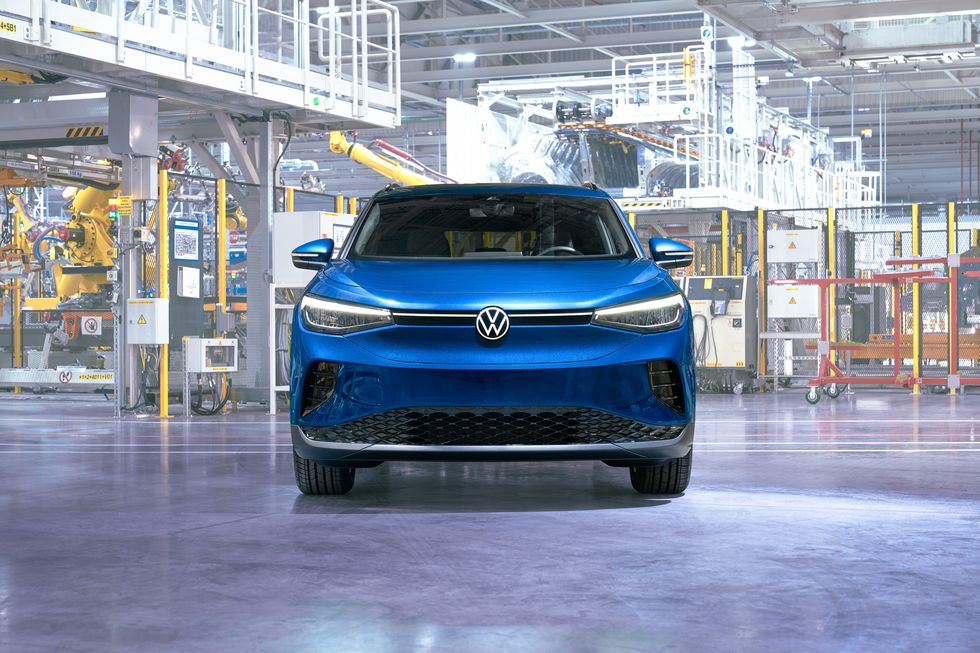
Rear-wheel drive and a single motor with 201 horsepower power the base models, which have an EPA-estimated range of up to 275 miles. A 330-hp, dual-motor AWD ID.4 is available with a larger battery and significantly improved performance, but at the cost of some range.
The main drawback is that all of the improvements only apply to ID4s with the 82-kWh battery pack. The 62-kWh battery pack hasn’t changed since the 2023 model year. However, you can still get it in the Standard/Pro, S, and S Plus trims with RWD or AWD.
Exterior
New 20-inch aluminum wheels will be installed on the 2024 ID4 Standard through S trims, while a set of 21-inch machined aluminum wheels will be installed on the S Plus trim.
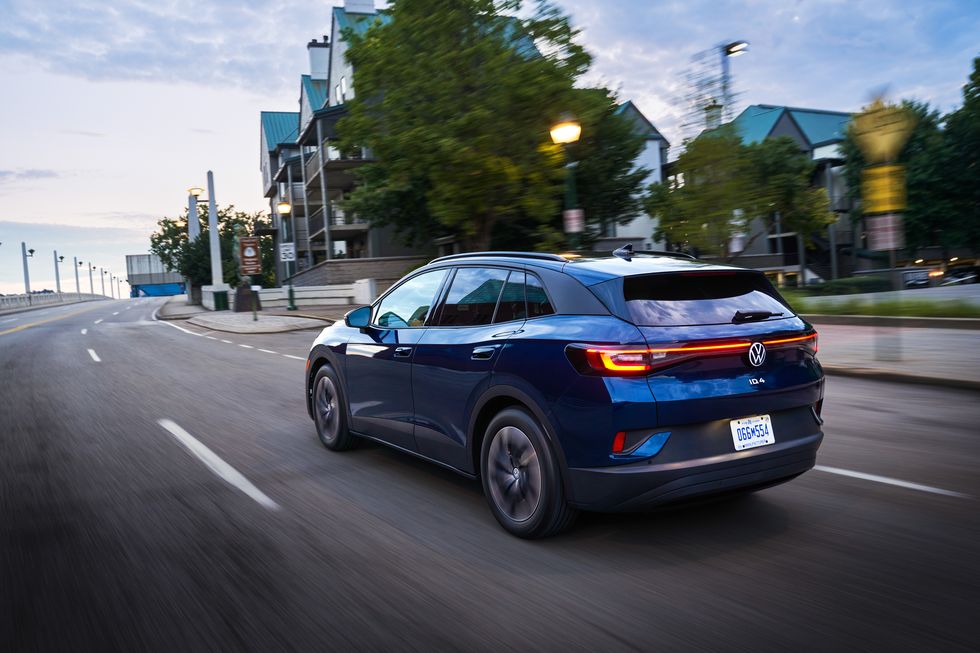
Numerous driver-aid technologies are available as options and standard features in the electric VW. Visit the websites of the National Highway Traffic Safety Administration (NHTSA) and the Insurance Institute for Highway Safety (IIHS) to learn more about the ID.4’s crash test results. Important safety elements include:
Pedestrian identification in automatic emergency braking standards
Lane-keeping assistance and the standard lane-departure warning
Conventional adaptive cruise control
Interior
The ID.4’s cabin has a modern layout with cutting-edge amenities, ambient lighting, and abundant cargo capacity. The interior is clean and lively; the front passengers have heated fabric seats as standard, but upgrading to the Pro S variant adds faux-leather upholstery and 12-way electrically adjustable front seats with memory.
The cargo area of the ID.4 is quite large. Eight carry-on luggage and 26 total with the rear seats folding fit behind the ID.4’s seats in the back.
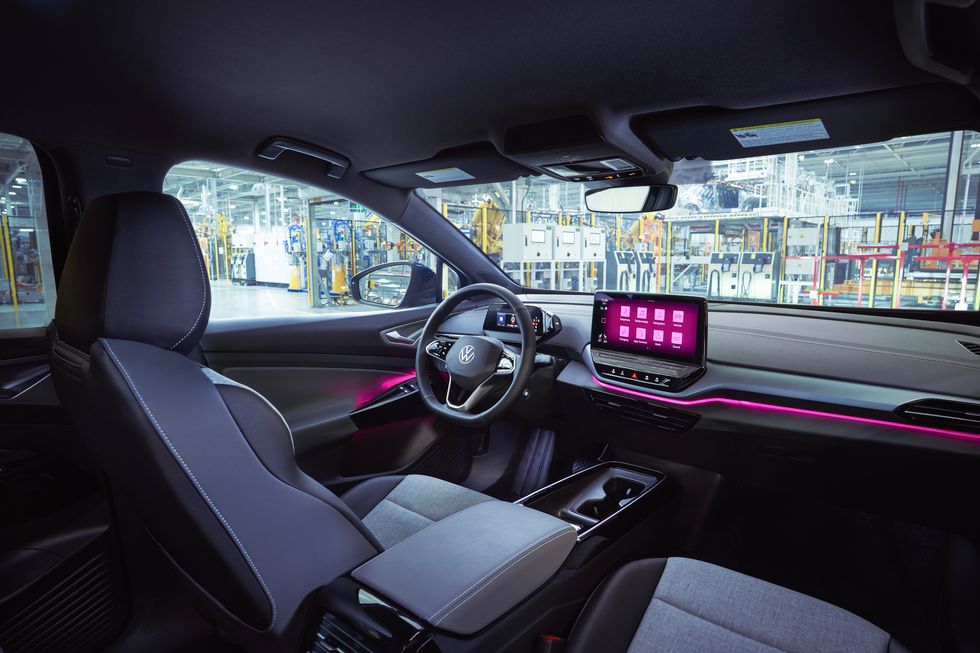
A 12.0-inch infotainment touchscreen is standard on the ID.4, but a 12.9-inch display with illuminated volume and climate controls is also available.
The infotainment interface is the newest from VW, but it’s not the best; we found it to be fussier than the older software, which is still present in vehicles like the Jetta sedan and the Tiguan SUV.
Both wireless versions of Apple CarPlay and Android Auto are included, as well as navigation. Additionally, all ID.4 versions include speech recognition software and a 5.3-inch digital gauge display that may be customized.
Performance
The ID.4’s smaller 58.0 kWh battery and single rear-mounted motor provide 201 horsepower, while the top-of-the-line 77.0 kWh battery and dual-motor, all-wheel-drive model generate 330 horsepower.
The robust 2700-pound towing capacity is available. Even in the ID.4’s most aggressive regeneration mode, the one-pedal driving capability that EV drivers have grown to cherish is mostly absent. Regeneration braking helps the car recoup energy when slowing down.
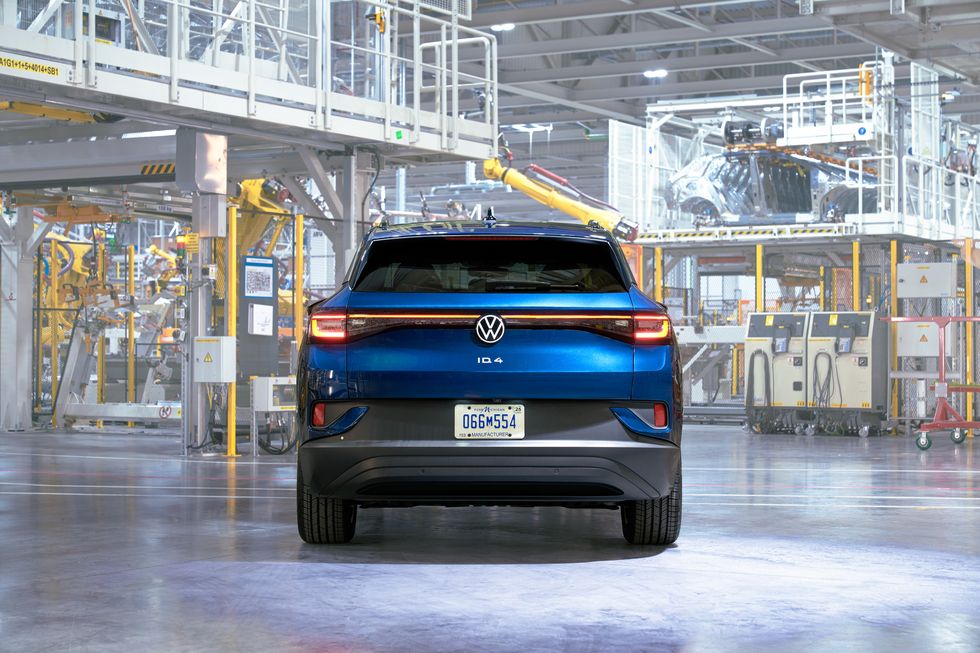
The usual gut-punch acceleration that electric vehicles frequently offer is also absent. The rear-wheel-drive ID.4 isn’t slow by conventional compact crossover standards, but in our tests, its 7.6-second sprint to 60 mph shows that it’s much more relaxed than faster EV rivals.
The ID.4’s acceleration performance is improved by choosing the more potent dual-motor all-wheel-drive variant, as shown by its 5.4-second sprint to 60 mph on our test course. The ID.4 handles less precisely than some other EVs, but we still like how quiet the inside is and how smoothly and elegantly it rides.
Although the EPA hasn’t yet released the updated estimations, Volkswagen claims that the 77.0-kWh models’ improvements for 2024 should increase that model’s anticipated driving range.
The ID.4’s base 58.0-kWh battery pack has the energy capacity, according to the EPA, to operate the single-motor, rear-drive model up to 209 miles between charges.
That’s less than other electric SUVs like the Hyundai Kona Electric and the Kia Niro EV, so it’s advisable to choose the larger battery pack if you want the longest range.
Naturally, the battery can be charged at home using 110 or 240-volt connectors, and it also has DC rapid charging capabilities. The 208-mile driving range and smaller 58-kWh battery are features of the less expensive Standard variant.

